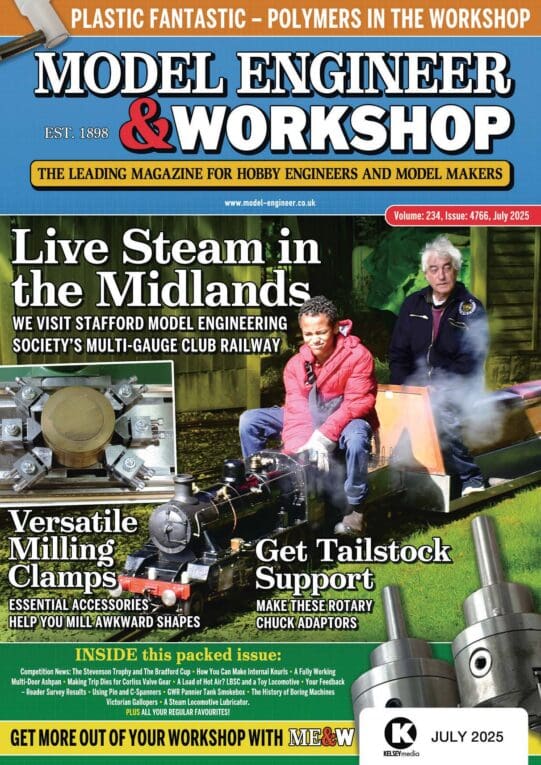Ok, nothing ground breaking here, but if you were thinking of buying one, might just tip the balance.
ARC versatile 80mm milling vice~ not a lot of money really & offers the potential to hold quite large workpieces.
Still on that steep learning curve regarding milling, generally i prefer round things to square things, so lathe is 1st choice, but milling is certainly interesting &….different.
Why oh why does nobody (as far as i can tell) offer a machine vice tailor made to fit the Sieg x1/ x2 table?
Maybe the worldwide market just isn’t big enough, though i thought the x1 & in particular the x2 were popular.
Anyway if the mohammed won’t come to the mountain…..
Mod. 1 ~ fixing centres of the vice without swivel base 100mm.
I milled the fixing slots a little using an 8mm EM , as i prefer to remove the mininum of material, now i can fit the vice lengthways on the bed, which to me is preferable & less “in the way” though there WILL be jobs where you will need to mount crossways on the bed.
Mod 2~ the vice is provided with various alternative mounting positions for the jaws.
Arc state this is for “light work” I guess anything an X1 will do counts thus.
However when mounted in the alternative positions, there’s not a lot of “purchase”
I decided to make some new jaws. The originals are 24mm x 3/8″ x approx 82mm long.
Opted for some 1 14/” x 3/8″ GFS.
Initially the price of ~ GFS put me off somewhat, but i got lucky & got the required size for a 1980’s price of £7.99 posted!!
Initially i was going to make 4 new jaws, i’ve only made two, will see how things pan out for now.
Though I now think 3 larger jaws might make for max potential with a minimum of jaw swapping?
Probably not best practice to have vice jaws sticking up too much~ but the X1 isn’t exactly a powerhouse, so i think i’ll be ok.
No i didn’t harden them, i lack the tools & know how to do a good job on this.
Milling the ends square & to size, the X1 coped really well.
I can’t say i enjoyed drilling the counterbores for the allen bolts much on my little mill though!
Machinability (power) factor of GFS must be around 1.5, with mild steel 1.0 & Ali 0.3, so was hard graft drilling relatively big holes in a “hard” steel.
Well, maybe that will give someone some ideas?
Maybe you’ve already done some more impressive improvements to said vice?
If so, please share.
This is probably pretty basic to some of you, b

bernard towers.







